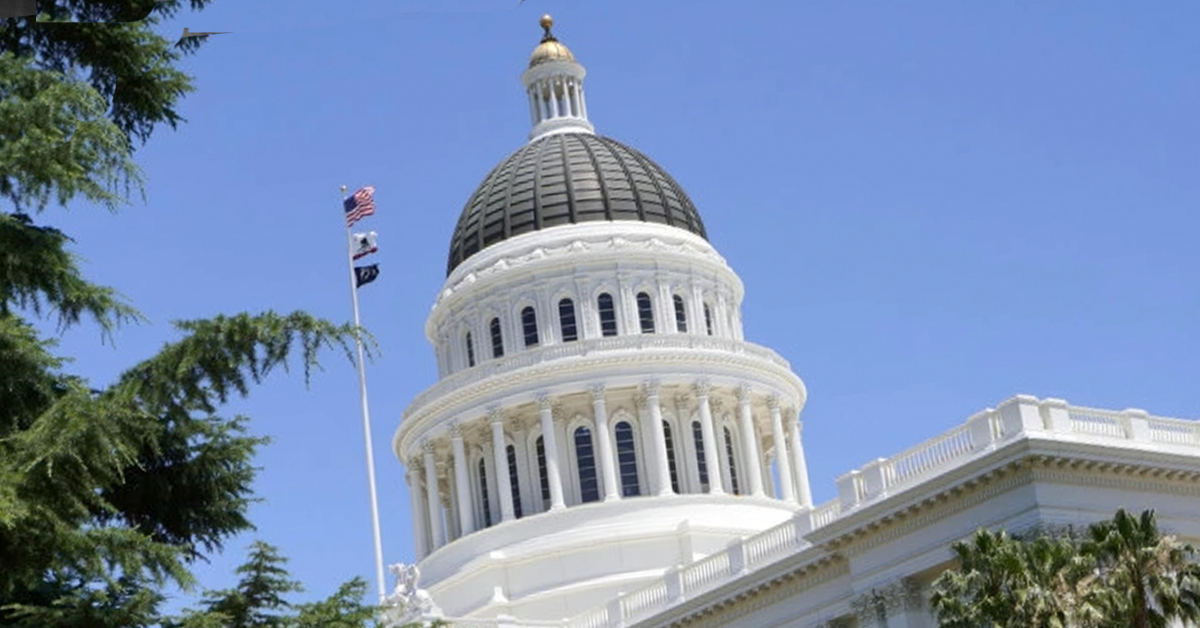A week after voting to expedite energy bill credits to provide relief for higher natural gas bills, the California Public Utilities Commission is acknowledging that far more needs to be done.
The CPUC held a public hearing Tuesday to discuss the reasons why natural gas bills have skyrocketed this winter.
The backstory: With last week’s vote, Californians will soon receive $90-$120 off their energy bills due to the California Climate Credit, which is delivered twice a year for electricity and once annually for natural gas.
- PG&E estimates that the average residential gas bills for January and February are about 30 percent higher than a year ago, and customers of SoCalGas have seen a much more drastic increase with the average price more than doubling year-over-year.
- The average California natural gas prices on Jan. 31 were 215 percent higher than Henry Hub, the natural gas distribution hub that serves as the market’s price point.
- The CPUC’s En Banc hearing Tuesday came one day after California Gov. Gavin Newsom penned a letter to the Federal Energy Regulatory Commission requesting a federal investigation into whether market manipulation, anticompetitive behavior or other activities have driven prices up.
The big picture: The reasons behind the higher natural gas prices have been widely publicized in recent weeks and were rehashed by the commission. Widespread cooler temperatures, higher natural gas consumption, lower natural gas imports from Canada, pipeline constraints and low natural gas storage levels on the west coast have all contributed to the pricey bills.
- Heading into November, PG&E’s gas procurement groups had over 90 percent of contracted natural gas capacity filled, but the forward prices over the back half of 2022 held merchants from injecting gas into storage. That resulted in the independent storage providers in PG&E’s service area having less than 60 billion cubic feet of natural gas stocked away at the start of February, over 20 billion cubic feet less than the same time last year.
What they’re saying: CPUC President Alice Busching Reynolds spoke to the need for the commission to do more than simply expedite the climate credits.
- “We recognize that that was a short-term Band-Aid, and this is a longer-term problem,” Reynolds said.
- During the hearing, PG&E suggested that the CPUC conduct a detailed gas and electric market study to determine the root causes of supply and demand factors driving the high prices. The utility also recommended that the CPUC apply the Climate Credit during the winter months when bills are higher.
- In addition to the other factors, PG&E Vice President of Energy Policy and Procurement Gillian Clegg blamed the state’s drought for increased prices.
- “The last 45 days aside in California where we’ve been blessed with a lot of precipitation, we have seen really a drastically lower hydroelectric generation output in the market compared to last year,” Clegg said. “What that has meant is that that electricity has to be replaced, and it’s been replaced by gas-fire generation, increasing the demand for gas to be used for electric generation.”










